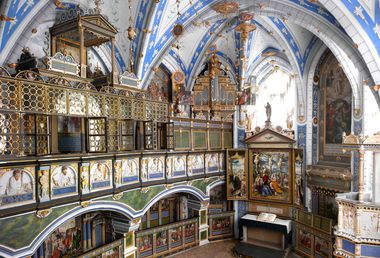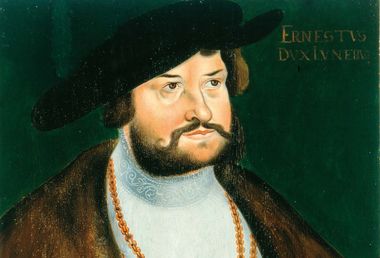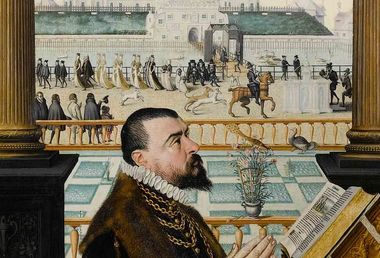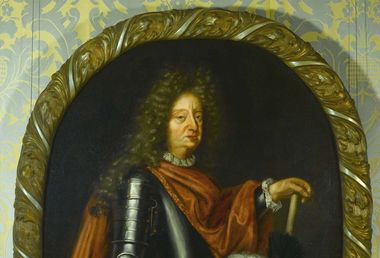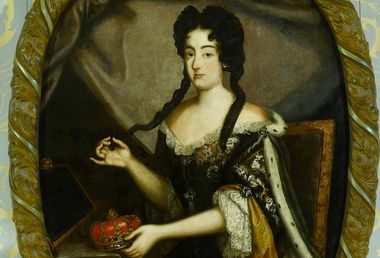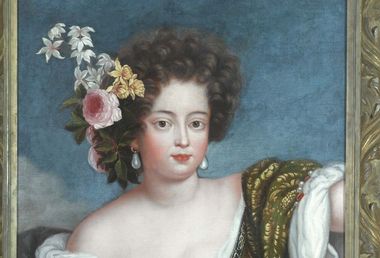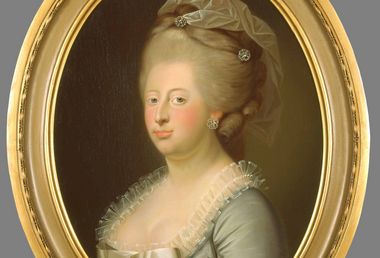A particularly colourful personality was the last Duchess of Celle, Éléonore Desmier d’Olbreuse. She was born in January 1639 in a castle near Usseau, about 50 kilometers from La Rochelle. The noble, well-respected but not particularly wealthy family had belonged to the Reformed French religious community, the Huguenots, for generations.
In the winter of 1663 she travelled to Kassel. Here she met the Guelph ruler George William (1624-1705) for the first time, 15 years older and who ruled in an absolutist manner based on the French model. Until then he had been considered a firm bachelor. When the Duke of Celle, George William, met the lovely Eléonore, he was hooked. However, for a man from the highest European imperial nobility, this young lady was not considered as quite befitting of his position.
In addition, George William was supposed to marry Sophie, Princess of the Palatinate, the daughter of the Bohemian "Winter King", Elector Friedrich V of the Palatinate - and a descendant of the Stuarts. But the Guelph heir merely clicked his fingers at convention and ceded his intended bride to his younger brother. This so-called bridal exchange wrote European history and went down in the Guelph annals. She had to wait ten long years for a proper marriage. During that time she gave birth to her daughter Sophie Dorothea. The marriage was considered extremely happy.
The "exchanged bride" meanwhile, in Hanover, had now advanced to First Lady in the Principality of Braunschweig-Lüneburg and proceeded to make Éléonore's life hell; however being more at the side of her husband, she could only exert influence in Celle where the opportunity existed.
As early as 1686, the Duchess founded a French Reformed parish in Celle. She also contributed to the building of the rectory and to the pastor's wages. Many of the peasantry also found a new home in Celle. Under the aegis of the Ducal couple, the Celle Palace was redesigned: the old four-wing complex was expanded into a contemporary baroque Royal Residence, given new facades, a gable wreath made up of dormer windows and domed towers.
Particularly noteworthy is the construction of the baroque theatre. The court theatre was built from 1670 to 1675 on the site of the former keep on the north wing. Éléonore and George William had their own court orchestra and engaged numerous actors. The castle become a cultural highlight - the charisma of which can be felt to this day. At Éléonore’s instigation and as early as 1670, a garden area was converted into a baroque pleasure and kitchen garden, based on the French model. Under her direction, an area was designed in the manner of a traditional garden at court - with geometrically laid out beds, paths, watercourses and an orangery built in 1677.
In 1722, 17 years after the death of George William, the last Duchess of Celle died. Éléonore was buried in the Ducal crypt in the church of St. Mary in Celle and an avenue of trees is named after her.



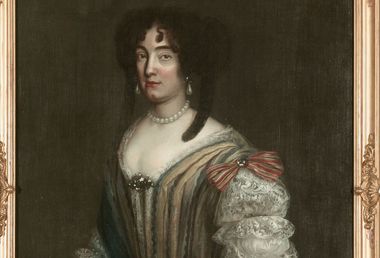
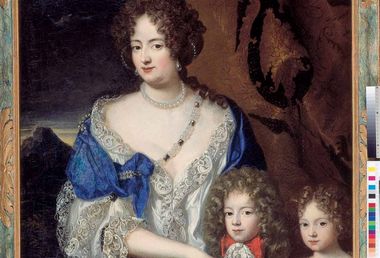
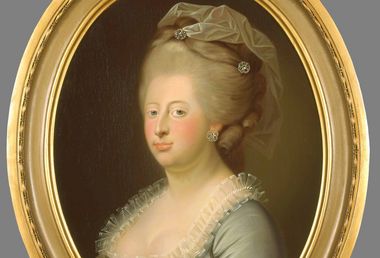


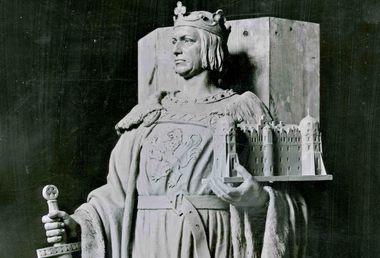
![[Translate to Englisch:] Das Hufeisen auf der Stechbahn [Translate to Englisch:] Das Hufeisen auf der Stechbahn](https://www.celle.travel/fileadmin/_processed_/5/a/csm_Hufeisen_16ff3361ec.jpg)
